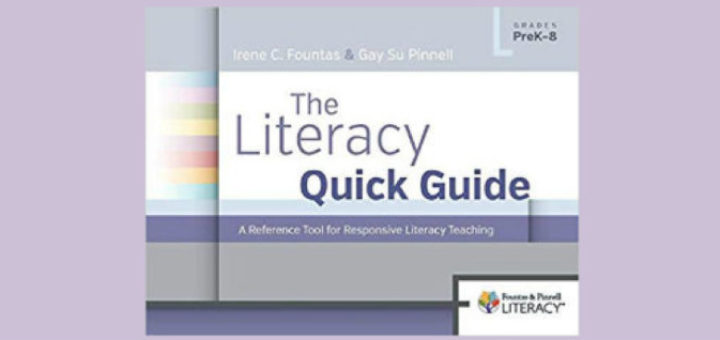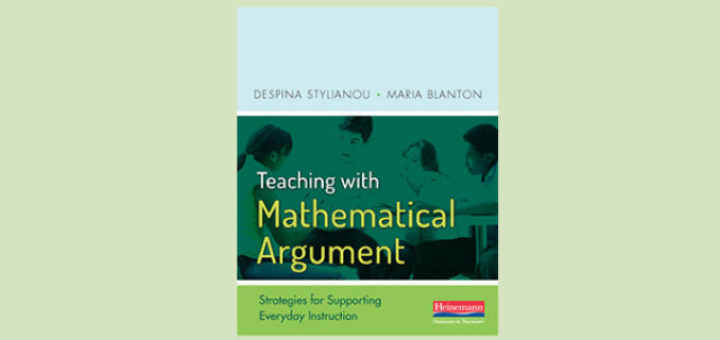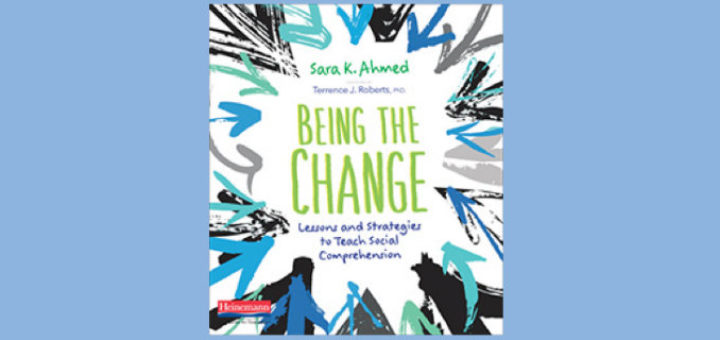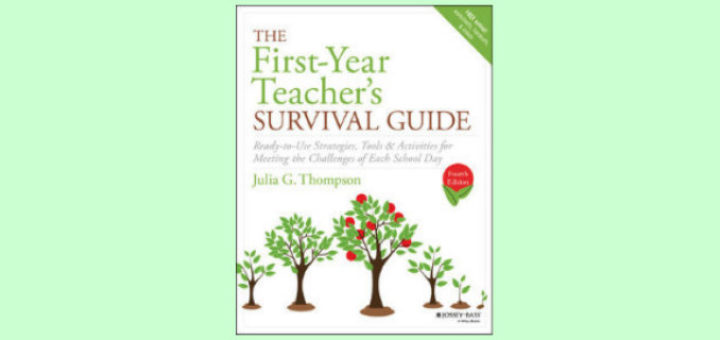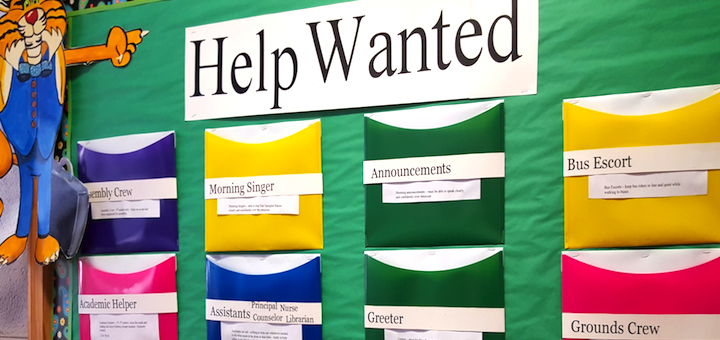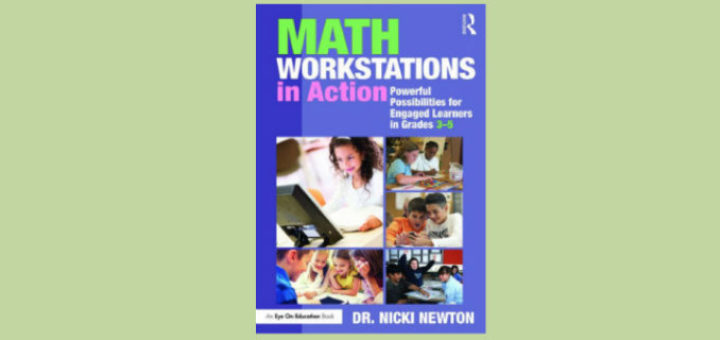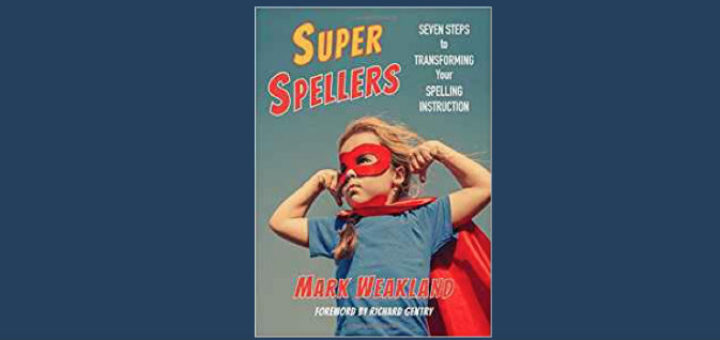Quick Reference Guide to Literacy Teaching
The Literacy Quick Guide by popular experts Irene Fountas and Gay Su Pinnell is a good planning resource for the busy teacher who does not have much time to read lengthy explanations and theory. Teacher Stacy Thorpe provides a detailed overview of the PreK-8 resource.

